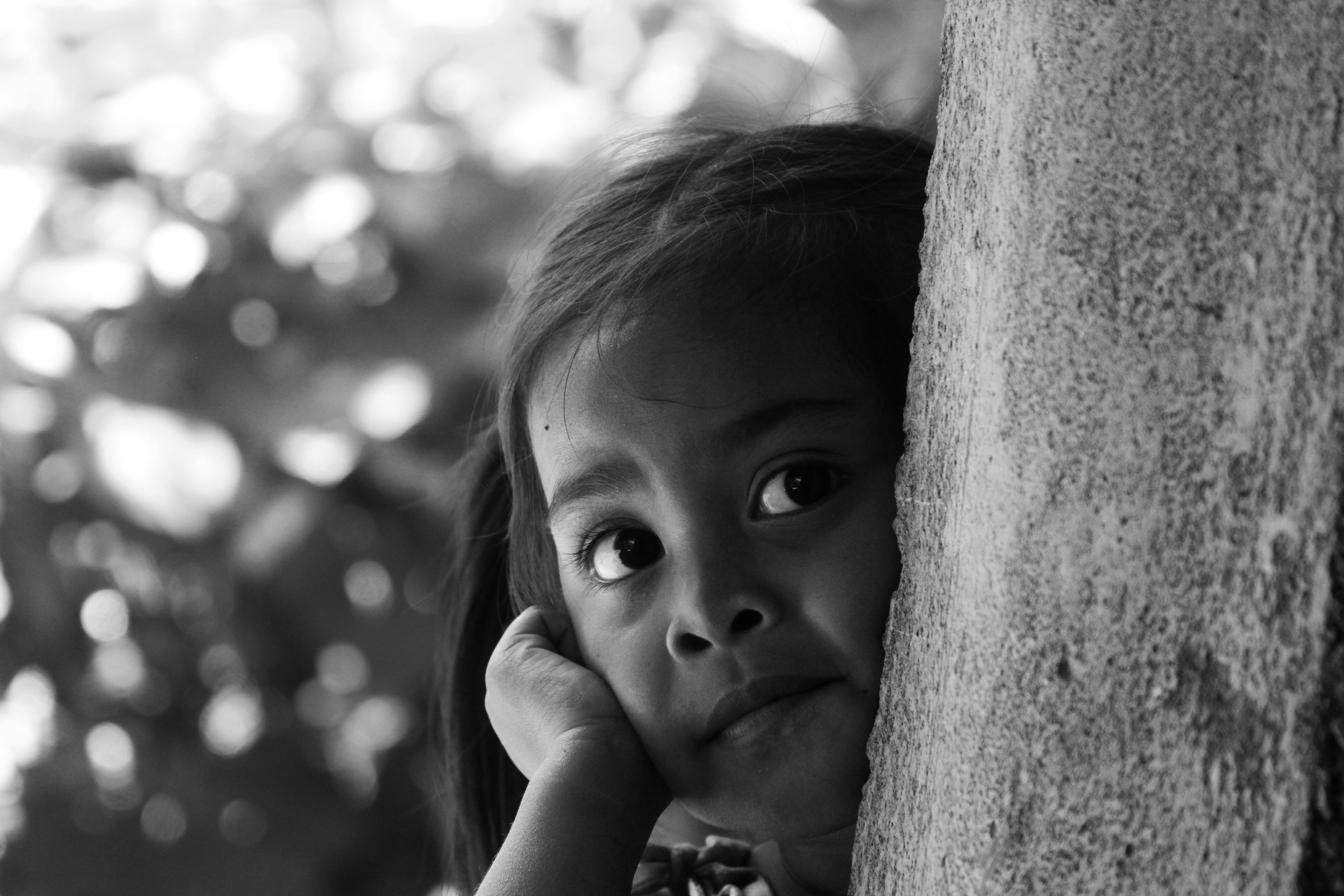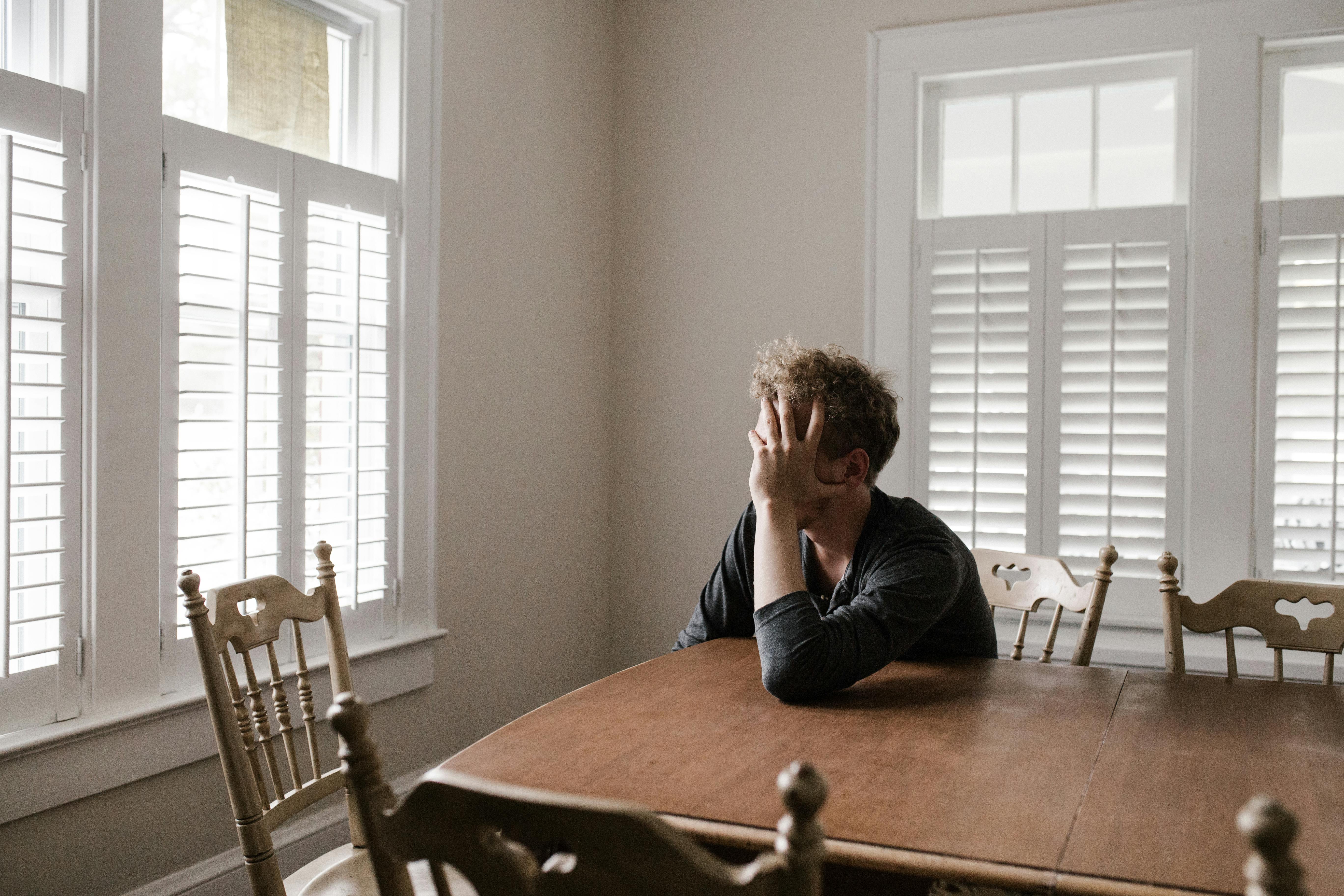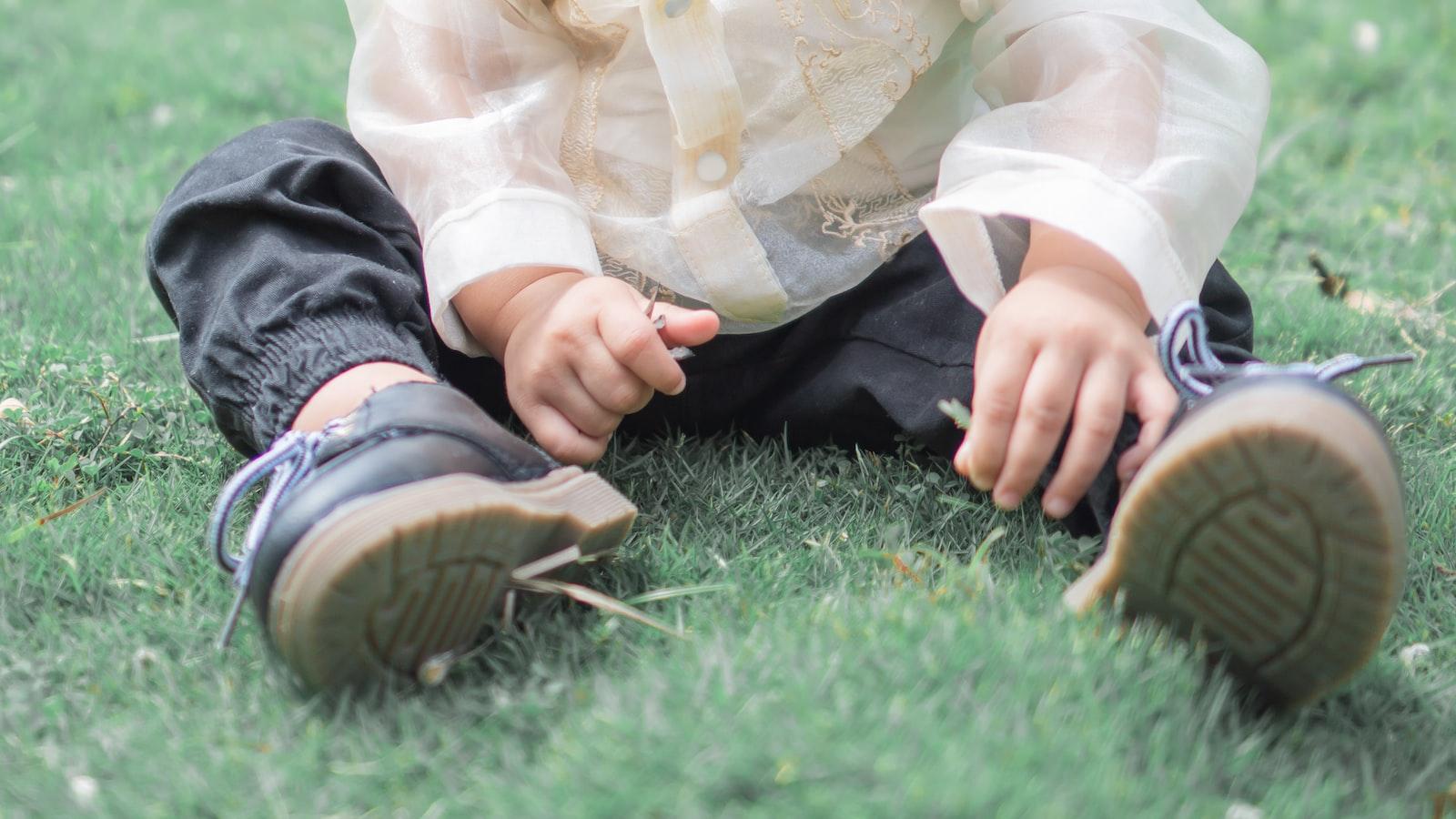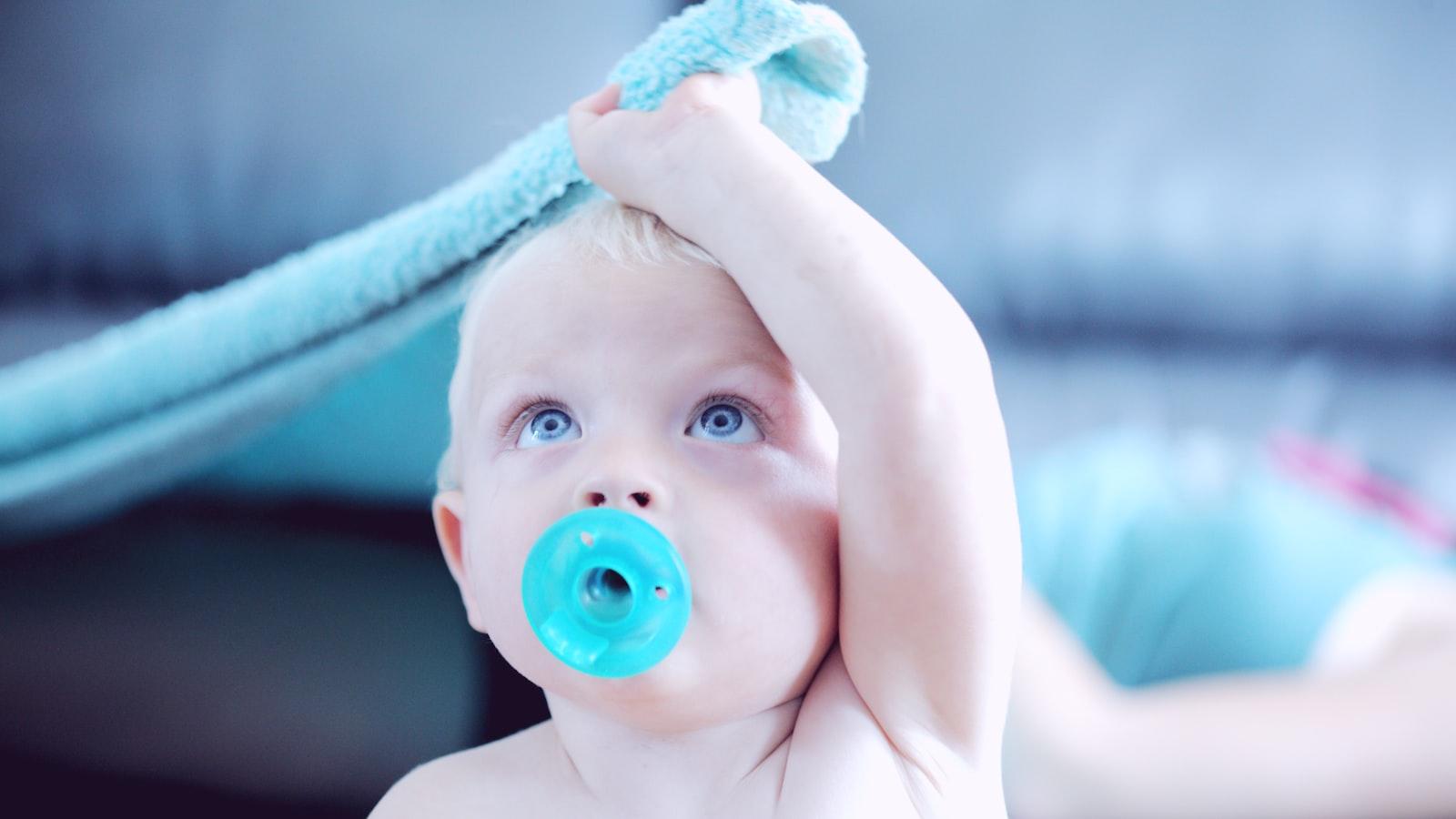Babies are fascinating creatures, and one of the most intriguing aspects of their development is understanding what they are thinking. Babies aren’t able to express themselves verbally, so it can be difficult to know what goes on in their minds. However, research has revealed some of the ways we can get insight into babies’ thinking processes. Through observational studies and experiments, scientists have been able to uncover how babies acquire knowledge, how they learn language, and even how they develop an understanding of emotion. In this article, we will explore what babies are thinking and provide some tips for helping them learn.It is not possible to know exactly what babies think about, as they are unable to communicate their thoughts in a way that adults would understand. However, research suggests that babies are able to recognize and respond to human faces, voices, and emotions from birth. They may also be aware of the world around them, including colors and objects. As they grow older, babies become more aware of their environment and begin to develop cognitive skills such as problem solving and memory.
Developmental Milestones of Baby Thinking
Babies begin to develop their thinking skills long before they can talk or walk. As babies grow, they explore and use their five senses to understand the world around them. During the early stages of development, babies start to recognize their environment and build relationships with those around them. There are a number of developmental milestones that indicate when babies’ thinking skills are developing.
One of the earliest signs of baby thinking is when babies start to recognize familiar faces. At around two months old, babies will be able to recognize their parent’s faces and will turn their head in response to a familiar voice. As they get older, they start to recognize other family members and friends and will smile in response to them.
As babies become more aware of their surroundings, they also start to actively seek out sensory stimulation. Starting at around three months old, babies will respond to different textures by touching and exploring objects with their hands. They may even reach out for toys that catch their attention. At four months old, babies may even try to mimic facial expressions or imitate simple movements such as clapping or waving goodbye.
By six months old, most babies can understand simple commands such as “no” or “come here” and will begin showing signs of problem-solving skills such as reaching out for objects that are out of reach or trying different solutions until they succeed. Babies also start showing signs of object permanence at this age, which is an important cognitive milestone in which a baby understands that things still exist even when they are not visible.
At nine months old, most babies have developed basic language skills such as babbling and using gestures to communicate what they want or need. By one year old, most toddlers can use simple words and respond appropriately when spoken too—a sign that their language skills are developing rapidly.
As parents observe these milestones in their child’s development it is important to remember that each baby develops at a different rate; some may reach certain milestones earlier than others while others may take longer. Therefore it is important for parents not to compare but rather focus on providing a supportive environment that encourages learning and exploration so that each baby can reach his or her full potential.
Understanding Baby’s Thoughts
It can be difficult for parents to understand their baby’s thoughts and feelings. Babies are unable to communicate verbally, so understanding what they are thinking can be challenging. However, there are several ways that parents can gain insight into their baby’s inner world. By paying attention to their behaviors and body language, parents can get a better sense of what their baby is experiencing.
Parents should also be aware of the different stages of development that babies go through. Each stage brings with it different behaviors and needs. Knowing what to expect at each stage can help parents understand what their baby is thinking and feeling at any given time.
In addition, babies communicate with sounds such as crying and cooing. Parents should pay attention to the types of sounds their baby makes and how often they make them, as this can provide clues about their emotional state. For example, if a baby is making high-pitched cries or happy coos, then they may be feeling content or excited. On the other hand, lower-pitched cries may indicate discomfort or distress.
Finally, it is important for parents to spend quality time with their babies in order to build trust and foster strong relationships. Babies need love and security in order to feel safe and secure in the world around them, so spending time with them daily is essential for helping them grow emotionally and cognitively. Holding them close, talking to them softly, singing songs, playing games – all of these activities help babies feel loved and nurtured while also helping parents better understand their thoughts and feelings.
By being attentive to these cues from their babies, parents can gain a better understanding of what their little ones are thinking and feeling at any given moment – even if they cannot tell you in words just yet!
Baby’s Thoughts and Emotions
Babies are born with a range of thoughts and emotions that they express through their behavior. They may not understand the words of those around them, but they still experience a variety of feelings. For example, babies can feel happy when someone smiles at them, or upset when they are ignored. They may be scared when a loud noise surprises them, or comforted when they are held close.
As babies grow, their range of thoughts and feelings expands. They learn to express themselves through facial expressions, babbling, and gestures. This helps them communicate their needs to their caregivers and develop meaningful relationships with those around them.
Babies also learn to recognize the emotions of others and respond in kind. When a baby sees someone else smile, they will often smile back or giggle in response. When someone is sad or crying, the baby may try to comfort them by reaching out or making soothing sounds. This is an important part of learning how to interact with people in appropriate ways.
It is important for parents and caregivers to be aware of the wide range of thoughts and feelings babies experience as they grow and develop. They should be mindful of how their own emotions can affect their interactions with the baby, as well as how the baby is responding to certain situations. By understanding these thoughts and emotions, caregivers can provide the best possible care for their little one.
Babies and Problem-Solving
Babies are born with an innate problem-solving ability. From the moment of birth, they are ready to explore their environment and figure out ways to interact with it. Even newborns can recognize a variety of objects, faces, sounds, and movements. As they grow, babies become more adept at solving problems and learning new skills.
Babies use their senses to explore the world around them and learn how things work. They look at objects, feel them, taste them, hear different sounds, smell different scents, and move in different ways. Through this exploration they learn about cause and effect – for example, if they push a toy car it will move – as well as how to manipulate objects in order to reach their goal.
As babies grow older, their problem-solving abilities become more refined. They learn how to use language to communicate their needs or ask questions about the world around them. They also start using trial and error strategies when faced with a new challenge or task; for example, trying different combinations of shapes when putting together a puzzle.
Parents can help encourage problem-solving skills in babies by providing stimulating toys that require manipulation and thought; playing interactive games like peek-a-boo; setting up simple tasks like reaching for an object; giving verbal instructions like “Find the ball” or “Put the blocks in the box”; or providing simple puzzles or construction toys like building blocks or nesting cups.
By creating a safe space where babies can explore and practice problem-solving skills without fear of failure, parents can help foster an environment where children feel confident in their abilities while still learning from mistakes along the way. In this way parents can help lay the foundation for strong problem solving skills throughout childhood and beyond.

Understanding How Babies Show Their Thinking
Babies are capable of expressing their thinking from a very young age, though the methods may be different than what you’d expect. From the time they’re born, babies learn to communicate through eye contact, facial expressions, and body language. As they grow older, they begin to mimic adults and use vocalizations and gestures to convey their thoughts and feelings. Understanding how babies show their thinking is key to helping them develop communication skills and emotional intelligence.
One way that babies show their thinking is through imitation. Babies learn by watching the people around them, so it’s important for parents and caregivers to model positive behavior for them. Babies also develop a sense of cause-and-effect by observing how their actions influence the world around them. For example, when a baby drops a toy or bangs on a table, they learn that these actions can create sound or cause objects to move.
As babies get older, they start using more intentional forms of communication such as pointing and making noises with their mouths. This helps them express simple ideas such as wanting something or indicating where something is located. Through practice and repetition, babies slowly gain an understanding of verbal language and begin speaking words themselves.
It’s important for parents and caregivers to pay attention to how babies express themselves in order to understand what they are trying to say before responding with verbal cues or feedback. This will help babies learn how to communicate more effectively as well as recognize the facial expressions, body language, or vocalizations that adults use in response. It will also help reinforce the idea that communication is an important skill that can be used in any situation.
By providing an environment where it is safe for babies to explore their emotions without fear of judgment or criticism, parents can help foster their child’s development into a confident communicator who understands how to express themselves accurately and appropriately in different situations. With patience and understanding from both sides of the conversation, this process can be immensely rewarding for both parent and baby alike!
Theories of Baby Thinking
Babies are capable of so much more than we give them credit for. From the moment they enter the world, they are learning and taking in information. Although they may seem like small, helpless bundles of joy, babies are actually quite capable thinkers! There are many theories that attempt to explain how babies think and learn during their early years.
The Piaget Theory is one of the most well-known theories on baby thinking. This theory suggests that babies go through different stages of cognitive development as they grow older. Each stage is characterized by new thinking abilities and behaviors. During the Sensorimotor stage, babies learn through trial-and-error as they explore their environment. As they progress through the Preoperational Stage, infants develop language skills and symbolic thought processes. Later stages involve abstract problem-solving skills and moral reasoning abilities.
Another popular theory is called Vygotsky’s Social Development Theory. This theory suggests that children learn best when their environment is rich in social interactions with peers and adults who provide guidance and support along the way. According to this theory, infants learn through a process called scaffolding in which adults help them understand new concepts by breaking them down into smaller steps or providing cues until a child can do something independently.
Finally, there is also the information processing theory which suggests that babies can store information in their memory just like adults do but on a much smaller scale due to their limited capacity at this stage of life. Through repetition and practice, infants can acquire new skills and knowledge over time as they continue to develop cognitively.
These theories provide us with valuable insight into how babies think and learn during their development from infancy to adulthood. Each one provides a unique perspective on how our little ones are able to make sense of the world around them from such a young age!
Helping Babies Express Their Thoughts
Helping babies express their thoughts is an important part of early child development. As parents, it is essential to understand and support our little ones as they learn to interact with the world around them. Babies often communicate their needs and wants through crying, pointing, and vocalizing–but these are only the beginning! Through a combination of verbal and non-verbal communication, babies can express a wide range of thoughts and emotions.
One great way to help babies express their thoughts is through the use of sign language. Sign language is a form of communication that allows babies to communicate without having to rely on vocalizing. Through simple hand gestures, babies can quickly and easily let their parents know what they want or need. With the help of sign language, parents can quickly respond to their baby’s requests or feelings.
Another way to help babies express their thoughts is through playtime activities. Through playtime activities such as stacking blocks or playing with dolls, toddlers can practice using language in a fun and creative way. It also helps them learn how to articulate their feelings in an appropriate manner. In addition, playtime activities can help toddlers develop problem-solving skills by encouraging them to think outside the box when it comes to solving problems or puzzles.
Finally, talking with your baby is one of the best ways to help them express their thoughts and feelings. Talking with your baby on a regular basis helps them practice using language in meaningful ways while also learning about different topics and concepts being discussed. Even if you don’t understand all of what your baby says, responding back with words will encourage them as they continue building on their communication skills.
Ultimately, helping babies express their thoughts is an important part of early child development that should not be overlooked or ignored! Whether it’s through sign language, playtime activities, or verbal conversations–parents should take time out of each day to foster meaningful communication between themselves and their little ones!

Conclusion
Babies have complex thinking that is not visible to the casual observer. While we know that babies are capable of learning and understanding language and concepts, research suggests that babies think in a way that is unique to their stage of development. This includes being able to recognize patterns and objects, engage in pretend play, learn simple cause-and-effect relationships, and feel emotions.
In summary, babies are capable of more complex thoughts than we may have previously assumed. With the help of new research, we can better understand what babies are thinking and how their minds develop over time. This knowledge can help us create better learning environments for infants that will lead them to a successful future.
The research into baby cognition is ongoing and there is much more to be learned about the inner workings of a baby’s mind. As parents, it is important to be mindful of our own expectations for our children so that they can reach their full potential. Understanding what babies are thinking can help us provide them with the best possible start in life.




